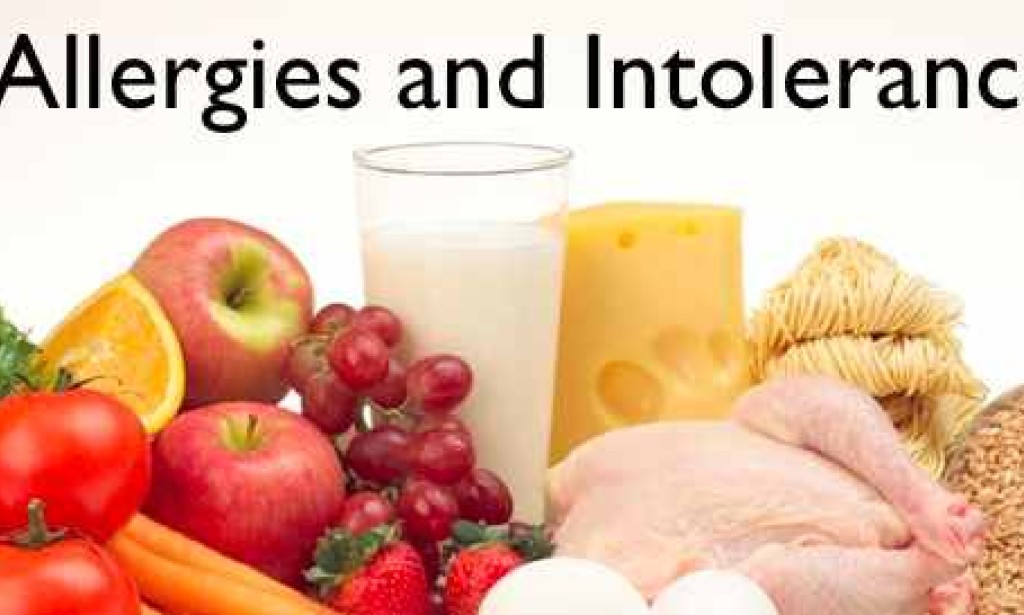Article Overview
- Food allergies
- Food intolerances
- Symptoms and diagnosis
- Managing food allergies and intolerances
- Emerging research and therapies
Food allergies and intolerances affect millions of people worldwide, often causing unpleasant symptoms and potential health risks. This article aims to provide a comprehensive overview of food allergies and intolerances, including their definitions, common triggers, symptoms, diagnosis, and management strategies.

Food Allergies:
Food allergies are immune-mediated responses triggered by specific foods. The immune system mistakenly identifies harmless proteins in certain foods as threats, leading to an allergic reaction. Common food allergens include peanuts, tree nuts, shellfish, fish, milk, eggs, soy, and wheat. Symptoms can range from mild, such as itching and hives, to severe, including anaphylaxis, a potentially life-threatening reaction. Early recognition and avoidance of allergenic foods are crucial for individuals with food allergies.
Food Intolerances:
Food intolerances involve adverse reactions to certain foods that do not involve the immune system. Lactose intolerance, for example, occurs when the body lacks the enzyme lactase, leading to difficulty digesting lactose found in dairy products. Other common intolerances include gluten intolerance (celiac disease) and histamine intolerance. Symptoms of food intolerances may include digestive issues, headaches, skin rashes, and fatigue.
Symptoms and Diagnosis:
Food allergy symptoms can affect various body systems, including the skin, respiratory system, gastrointestinal tract, and cardiovascular system. Symptoms may manifest as hives, swelling, difficulty breathing, abdominal pain, diarrhea, or rapid heartbeat. Diagnosis typically involves a thorough medical history, physical examination, skin prick tests, blood tests, and in some cases, oral food challenges.
Managing Food Allergies and Intolerances:
The primary approach to managing food allergies and intolerances is strict avoidance of trigger foods. This requires reading ingredient labels carefully, being aware of cross-contamination risks, and communicating dietary needs to food establishments. In severe cases of food allergies, carrying an epinephrine auto-injector is essential. Registered dietitians can provide guidance in developing well-balanced meal plans and identifying suitable substitutes for allergenic ingredients.
Emerging Research and Therapies:
Ongoing research is exploring potential treatments for food allergies, such as oral immunotherapy and sublingual immunotherapy. These therapies aim to desensitize individuals to specific allergens gradually. However, they are still considered experimental and should only be pursued under the supervision of allergists or immunologists.

Food allergies and intolerances can significantly impact individuals' quality of life, requiring diligence and awareness in managing dietary choices. By understanding the differences between allergies and intolerances, recognizing symptoms, obtaining an accurate diagnosis, and implementing appropriate management strategies, individuals can navigate their food-related challenges and lead healthy lives.


You must be logged in to post a comment.